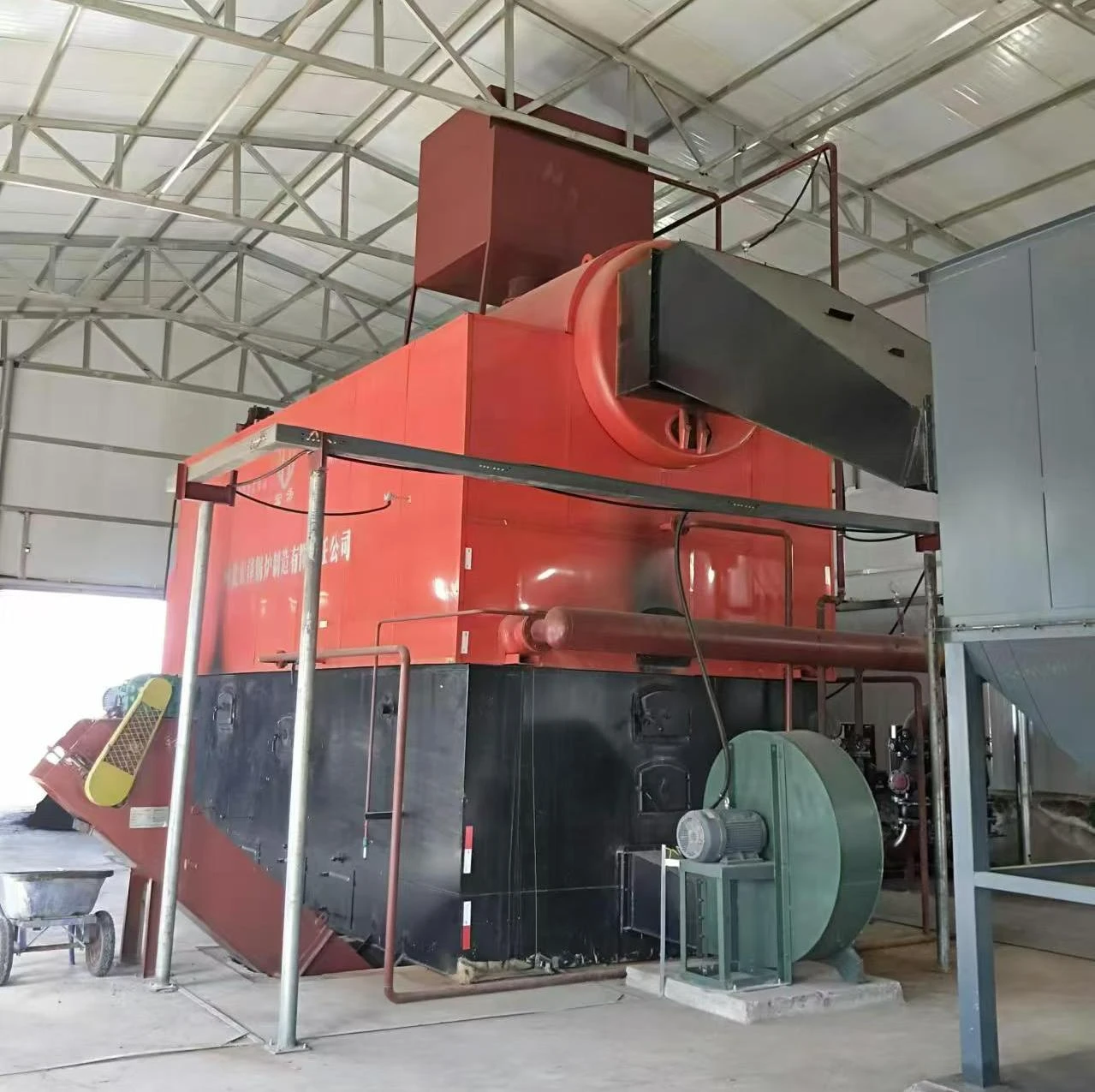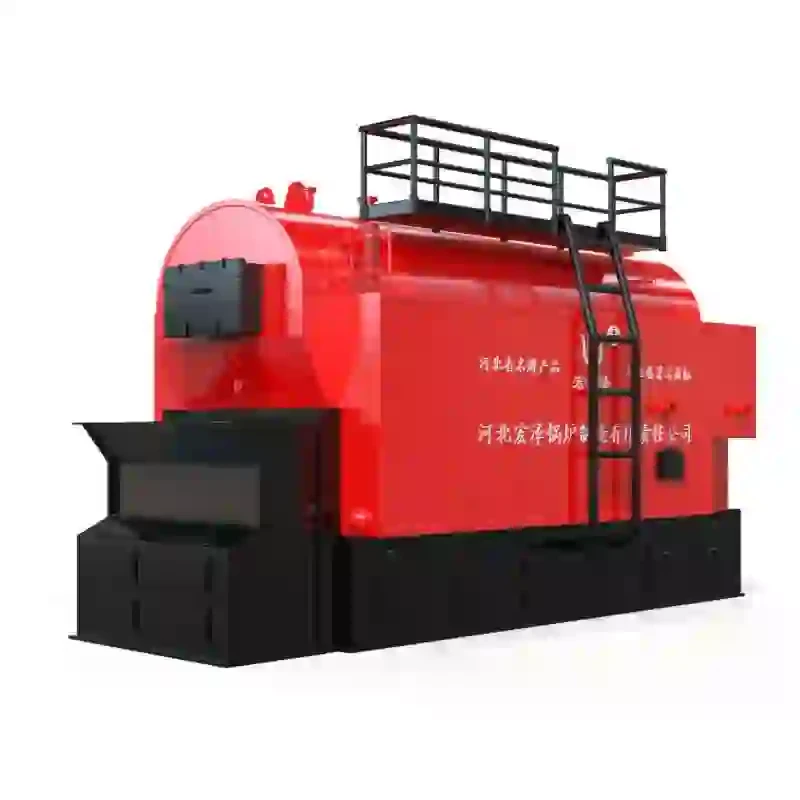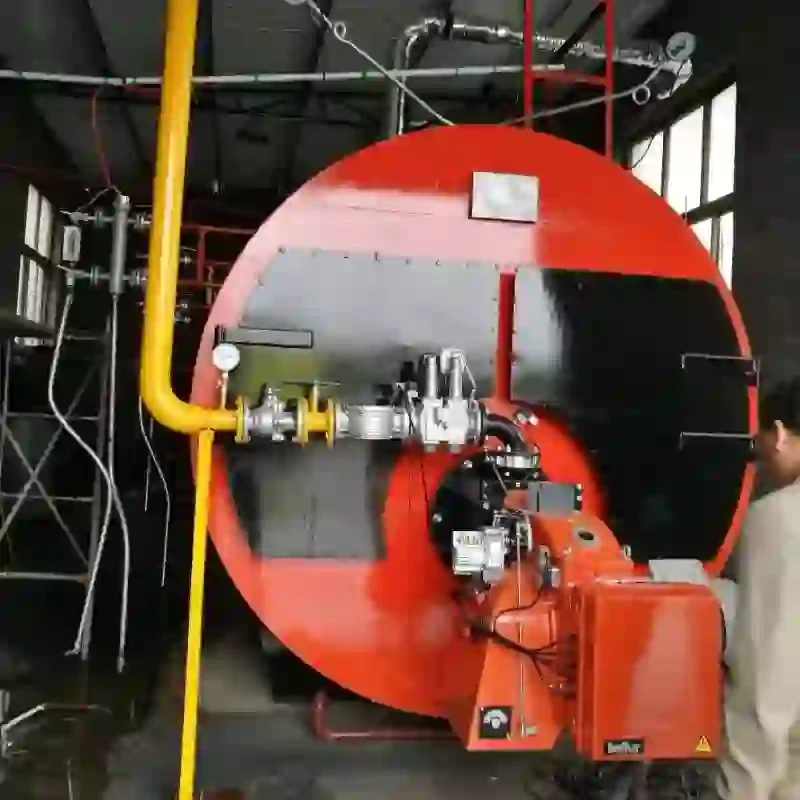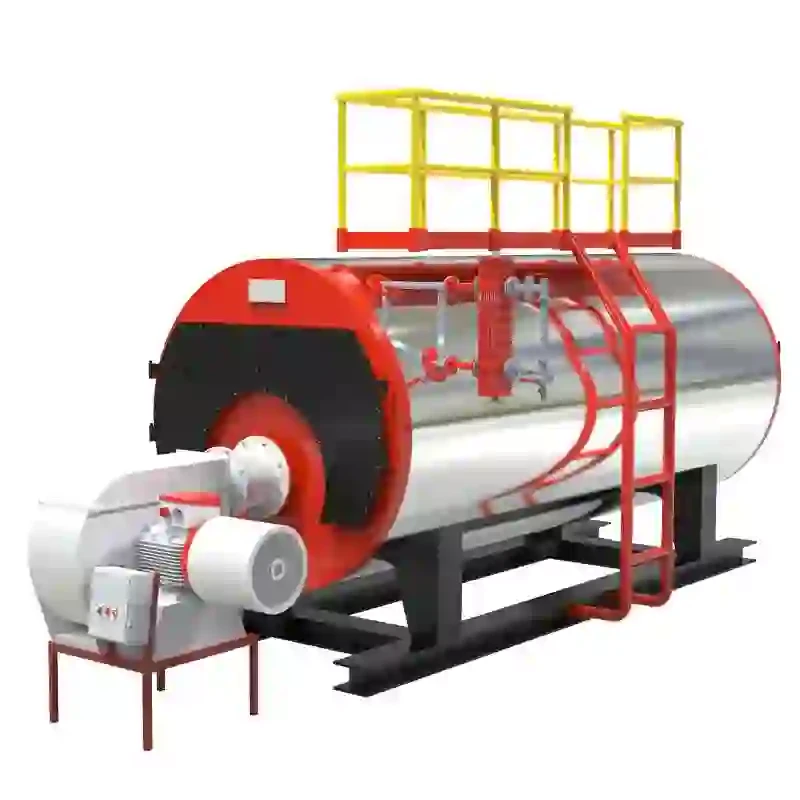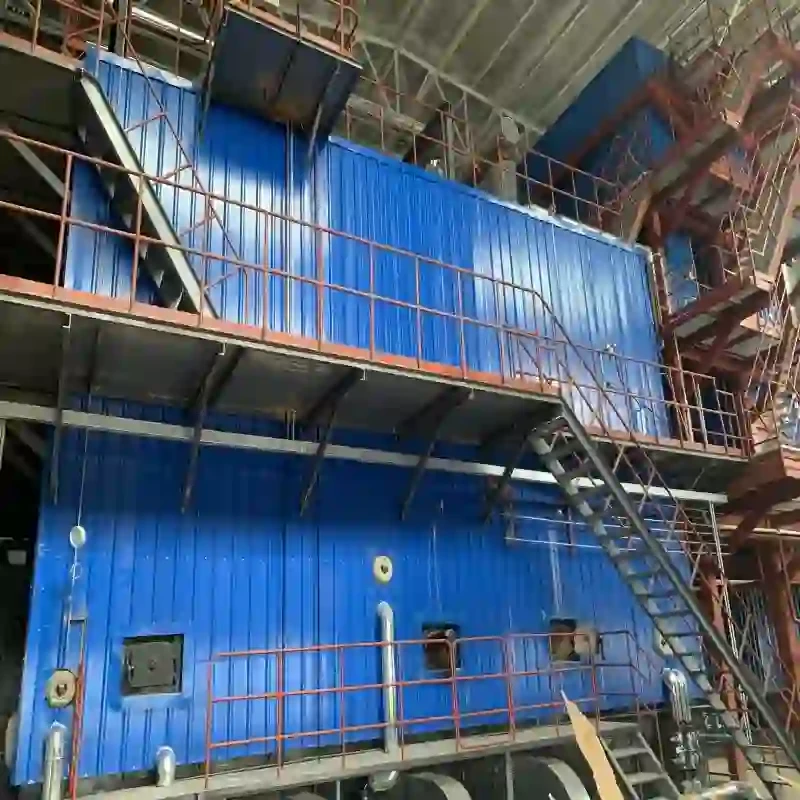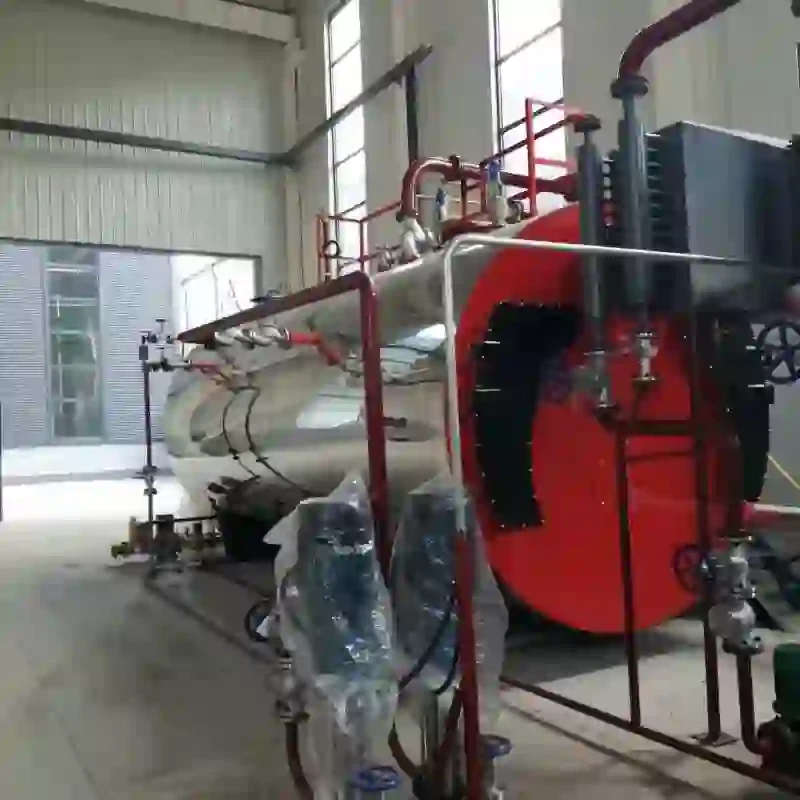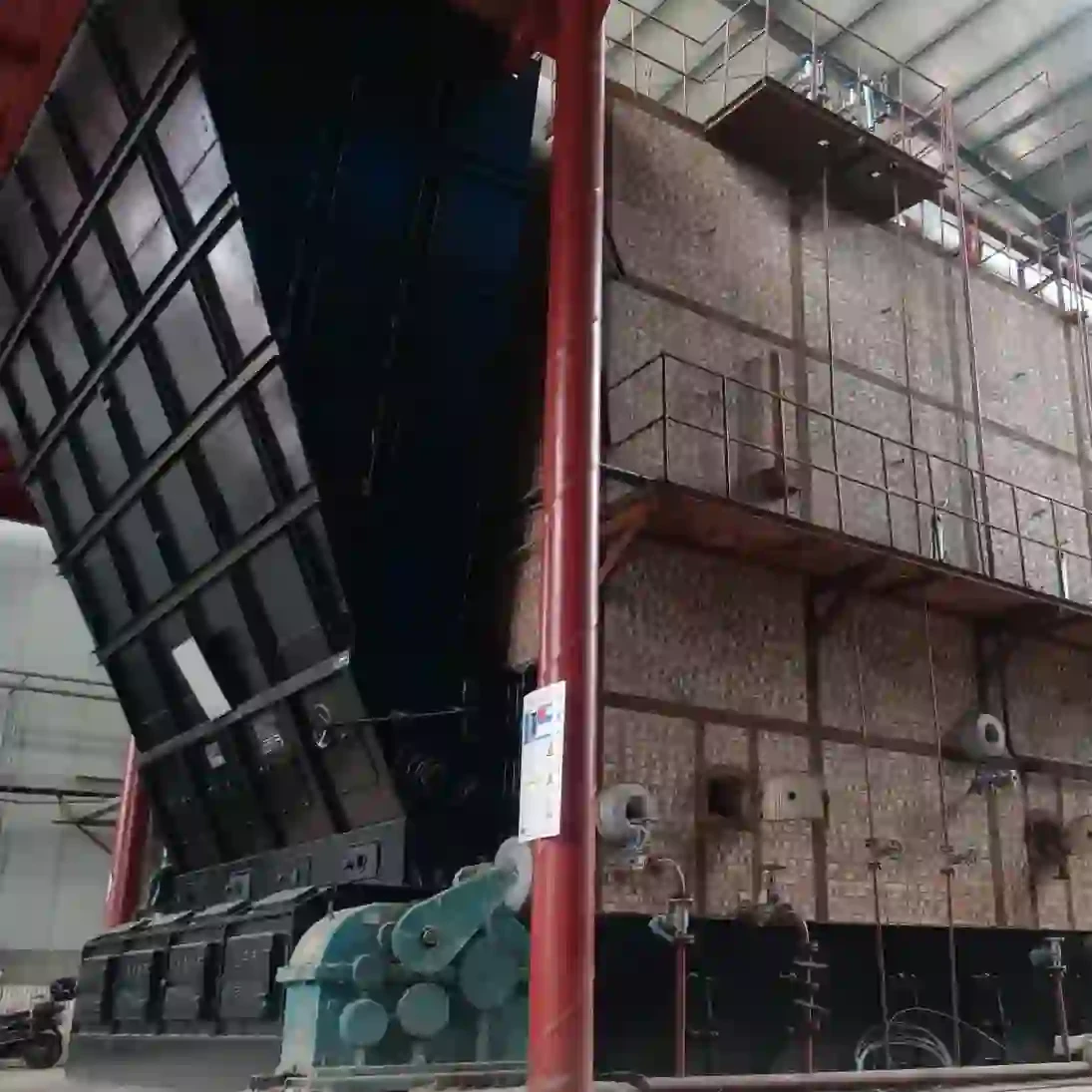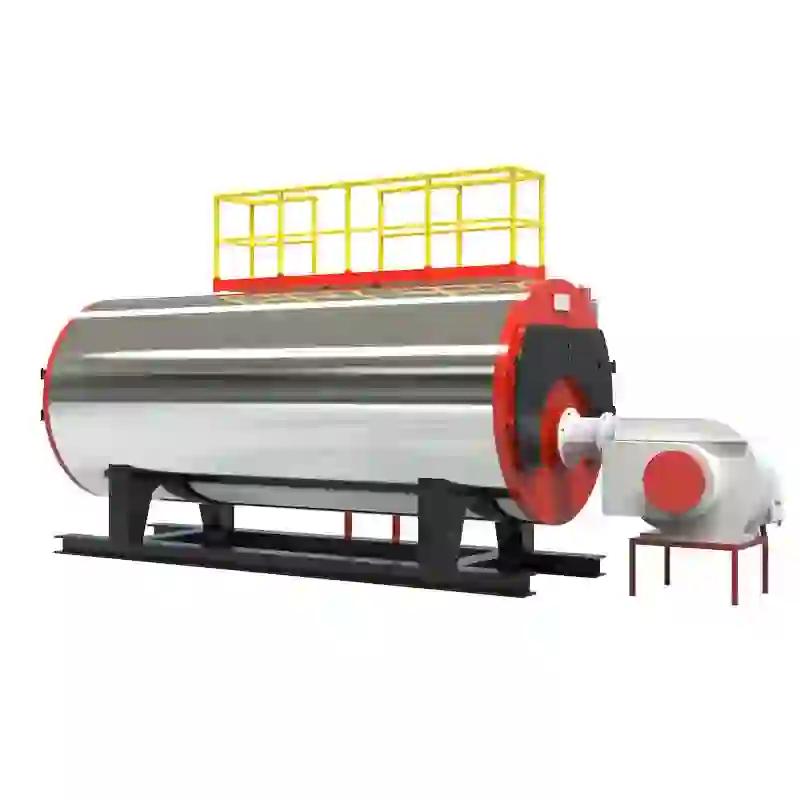
Jul . 24, 2025 06:01 Back to list
High-Efficiency Biomass Fired Steam Boiler for Industrial Use
About HEBEI HONGZE BOILER MANUFACTURING CO., LTD.
As a leading enterprise in the industrial boiler sector, HEBEI HONGZE BOILER MANUFACTURING CO., LTD. specializes in the research, development, and manufacturing of various types of industrial boilers including the biomass fired steam boiler. With decades of technological innovation and global engineering projects, our solutions are trusted by industries worldwide seeking high efficiency, environmental protection, and intelligent control in boiler systems.
Email: info@hbhongze.com Mobile: 8615833999209 Address: No.2 Suheng North Street, Raoyang County, Hengshui City
Product Overview: Biomass Fired Steam Boiler
- Rated steam capacity: 1-200 t/h
- Working pressure : 1-2.5 MPa
- Available fuel : Biomass briquette, biomass pellet, wood, rice husk, peanut shell, crop straw, etc.
- Product website: https://www.hzsteamboiler.com/biomass-fired-steam-boiler.html

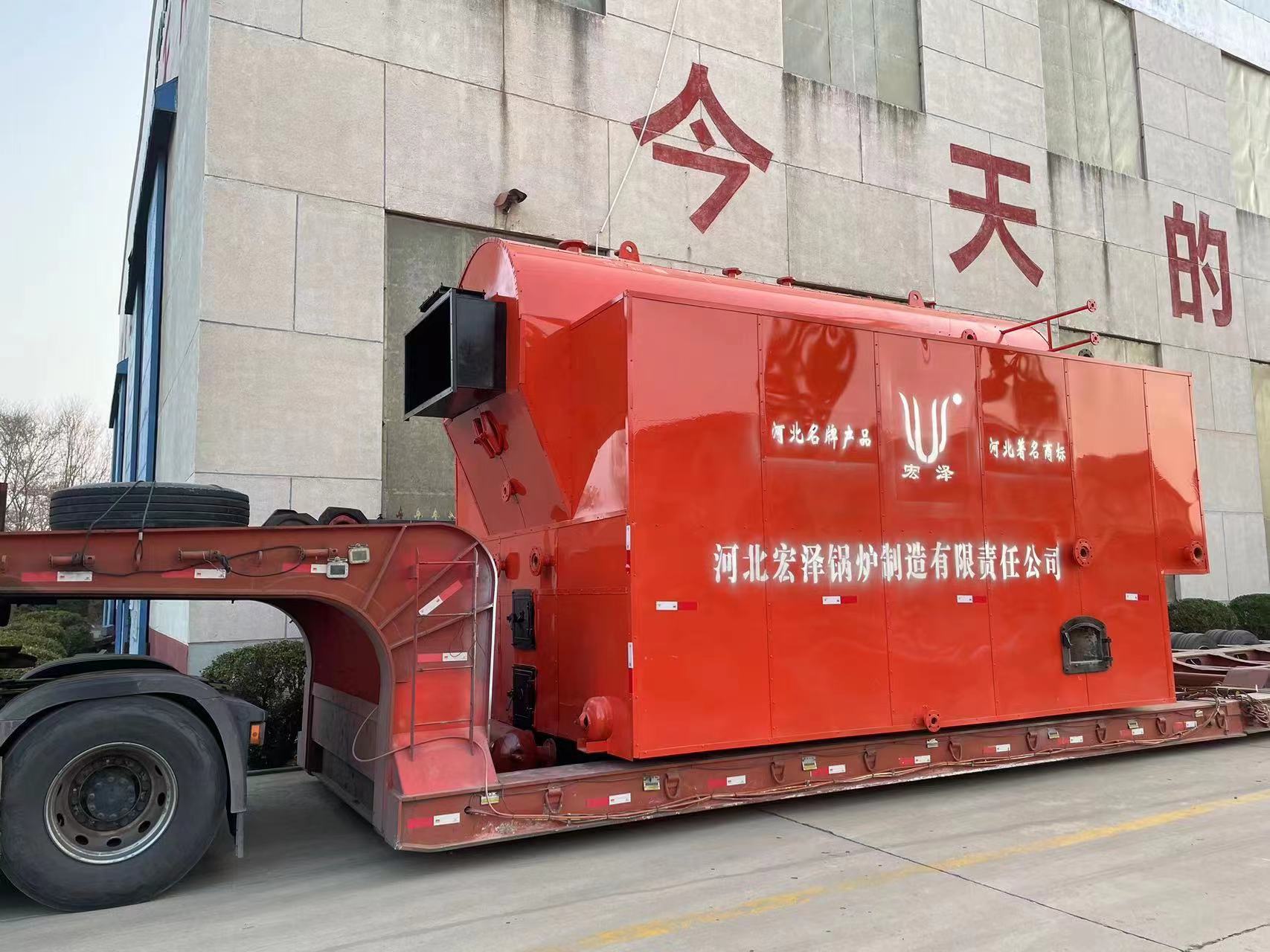

Industry Trends & Future Outlook
The biomass fired steam boiler market has witnessed substantial growth in recent years, driven by an increased emphasis on decarbonization, carbon neutrality, and sustainable power. According to the Mordor Intelligence Biomass Boiler Market Report, the global demand for high-efficiency, low-emission steam boilers in industrial sectors such as food, chemical, textile, and pulp & paper is expected to maintain a CAGR of over 7% through 2030.
Innovations in combustion technology, enhanced automation, and multi-fuel compatibility are key drivers accelerating industry adoption. Stringent emission standards in Europe, North America, and Asia-Pacific encourage industries to replace fossil-fuel boilers with biomass fired steam boiler systems for both process steam and cogeneration solutions.
- Carbon Reduction: Biomass fired steam boiler utilizes renewable biomass, offering up to 80% CO₂ emission reduction compared to traditional coal boilers.
- Cost-effective: Biomass is often lower in cost and can provide stable long-term fuel pricing.
- High Adaptability: Suited for a wide range of process industries and scalable for various steam demands.
Technology Overview: How Does a Biomass Boiler Work?
How does a biomass boiler work? The operation of a biomass fired steam boiler is based on the direct combustion of organic matter. Here’s a step-by-step process:
- Fuel Feeding: Biomass such as pellets, briquettes, or agricultural waste is delivered to the combustion chamber via an automated feeding system.
- Combustion: The biomass fuel undergoes complete or staged combustion within a high-temperature furnace. Air is regulated for optimized burning, producing hot flue gases.
- Heat Exchange: The flue gases transfer their heat to water in the boiler tubes, converting water into high-pressure steam.
- Emission Control: Particulate matter, NOx, and other pollutants are minimized through multistage dust collectors, scrubbers, or selective catalytic reduction units.
- Steam Distribution: The produced steam is piped for industrial processing, district heating, or power generation.
How does an industrial biomass boiler work? On a large industrial scale, biomass fired steam boiler units integrate advanced digital controls, fuel flexibility, co-firing capabilities (biomass + coal), and real-time efficiency monitoring.
Technical Specifications Table: Biomass Fired Steam Boiler
| Model | Rated Steam Capacity (t/h) | Working Pressure (MPa) | Thermal Efficiency (%) | Adopted Fuel Types | Emission (NOx, mg/m³) |
|---|---|---|---|---|---|
| HZB-5T | 5 | 1.0/1.25 | 85-89 | Wood pellet, Rice husk, Straw | < 180 |
| HZB-10T | 10 | 1.25/1.6 | 86-90 | Briquette, Wood chips, Corn stalk | < 160 |
| HZB-20T | 20 | 1.6/2.5 | 88-91 | Pellet, Biomass mix, Coconut shell | < 120 |
| HZB-40T | 40 | 2.5 | 88-92 | Mixed biomass, Agri-residue | < 100 |
| HZB-100T | 100 | 2.5 | 89-93 | Biomass blend, Wood logs | < 80 |
Data Visualization: Technical Trends and Analysis
Application Scenarios
- Food Processing: Reliable steam supply for sterilization, cooking, and dehydration.
- Textile Industry: Stable heating and moisture control for dyeing, drying, and finishing.
- Chemical Plants: Process steam for reactors, distillation, and extraction.
- Pulp & Paper: Steam for pulp digesters, paper drying, and energy recycling.
- Pharmaceuticals: Sanitary steam for production, sterilizing, and cleaning in place (CIP).
- Power Generation: Biomass co-firing for decentralized power and district heating.
- Agro-industrial Processing: Crop drying, feed manufacturing, and greenhouse heating.
EEAT (Expertise, Authoritativeness, Trustworthiness) Reflection
Biomass fired steam boiler solutions by HEBEI HONGZE BOILER MANUFACTURING CO., LTD. are manufactured in accordance with ISO 9001:2015 and CE standards.
The company integrates global best practices, advanced CFD combustion simulation, and real-time monitoring hardware to provide precise, efficient, and low-emission steam generation solutions.
According to reference standards outlined in the Renewable and Sustainable Energy Reviews, biomass boilers have demonstrated proven performance in both energy efficiency and emissions reduction.
FAQ: Key Technical Terms in Biomass Fired Steam Boiler Systems
- Q1: What materials are commonly used for the pressure parts in biomass fired steam boiler?
- A: Boiler pressure components are typically constructed from high-grade alloy steels such as SA192 or SA213 (for tubes), and Q245R or Q345R (for drum/headers), ensuring corrosion resistance, high tensile strength, and thermal fatigue resistance (ASME Boiler Pressure Vessel Code).
- Q2: What are the efficiency-optimizing features of a modern biomass fired steam boiler?
- A: Latest boilers apply preheated air systems, secondary combustion zones, optimized furnace geometry, and digital O2/CO sensors for adaptive control to maintain optimal excess air and reduce fuel consumption.
- Q3: What emission standards do industrial biomass boilers typically comply with?
- A: Industrial biomass fired steam boiler models are engineered to meet strict NOx (≤ 100-180 mg/m³), SO₂ & particulate matter limits as per AP-42, EPA and European EC/2001 regulations.
- Q4: How critical is feedwater quality for the longevity of biomass steam boilers?
- A: Inadequate water treatment leads to scale, corrosion, and pressure-part failure. Therefore, demineralized or softened water with conductivity & hardness monitoring is recommended following standards such as ISI/ASME Boiler Water Quality.
- Q5: What scope of application does the biomass fired steam boiler cover?
- A: It spans food, chemicals, textile, medicine, paper, power plants, and more – wherever sustainable and stable process steam is required.
- Q6: Are there special installation standards for biomass fired steam boiler?
- A: Yes, national codes such as ASME or EN 12952 stipulate boiler foundation type, seismic anchoring, clearance, and associated safety devices like pressure relief valves and flame arrestors.
- Q7: How is automation achieved in modern industrial biomass fired steam boiler operations?
- A: Automation controllers (PLC/DCS) manage fuel feeding, draft fans, ash removal, and leak detection. Real-time sensors ensure optimal combustion and alarm on system faults, supporting 24/7 industrial use.
SEO Optimization: Keyword Integration Strategy
Throughout this document, the focus keyword biomass fired steam boiler and related secondary keywords such as how does a biomass boiler work, and how does an industrial biomass boiler work are naturally placed to maximize search visibility and organic ranking potential. All content sections and multimedia assets reinforce topical relevance, in compliance with latest Google SEO and EEAT (Expertise, Authoritativeness, Trustworthiness) guidelines.
- Mordor Intelligence. "Biomass Boiler Market - Growth, Trends, and Forecasts (2023 - 2028)". [Link]
- Renewable and Sustainable Energy Reviews, "Recent developments in biomass-fired boiler design and operation" by S. Demirbas (2018). [Link]
- EPA: Compilation of Air Pollutant Emissions Factors (AP-42) [Link]
- ASME Boiler and Pressure Vessel Code [Link]
- ISHN: Boiler Water Treatment Standards [Link]
- For further technical and industrial discussions, visit the forum: Boilermakers.org
-
High Efficiency Coal Fired Thermal Oil Boiler for Industrial Heating
NewsJul.25,2025
-
High Efficiency Coal Fired Thermal Oil Boiler for Industrial Heating
NewsJul.23,2025
-
High-Efficiency Gas Fired Thermal Oil Boiler for Industrial Heating
NewsJul.22,2025
-
High-Efficiency Commercial Steam Boilers for Sale | Oil & Gas
NewsJul.22,2025
-
Reliable Biomass Thermal Oil Boiler Manufacturers
NewsJul.21,2025
Related PRODUCTS






